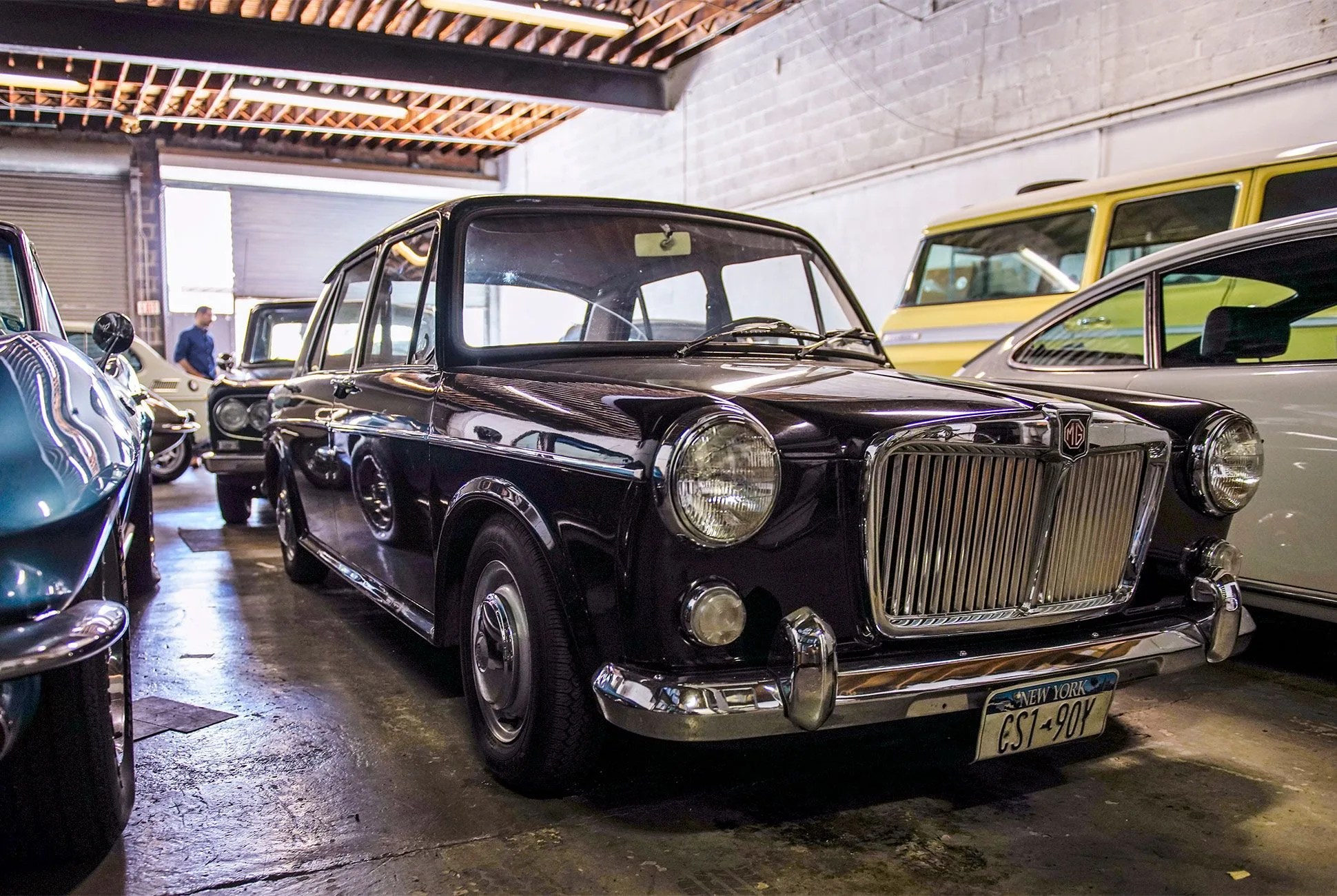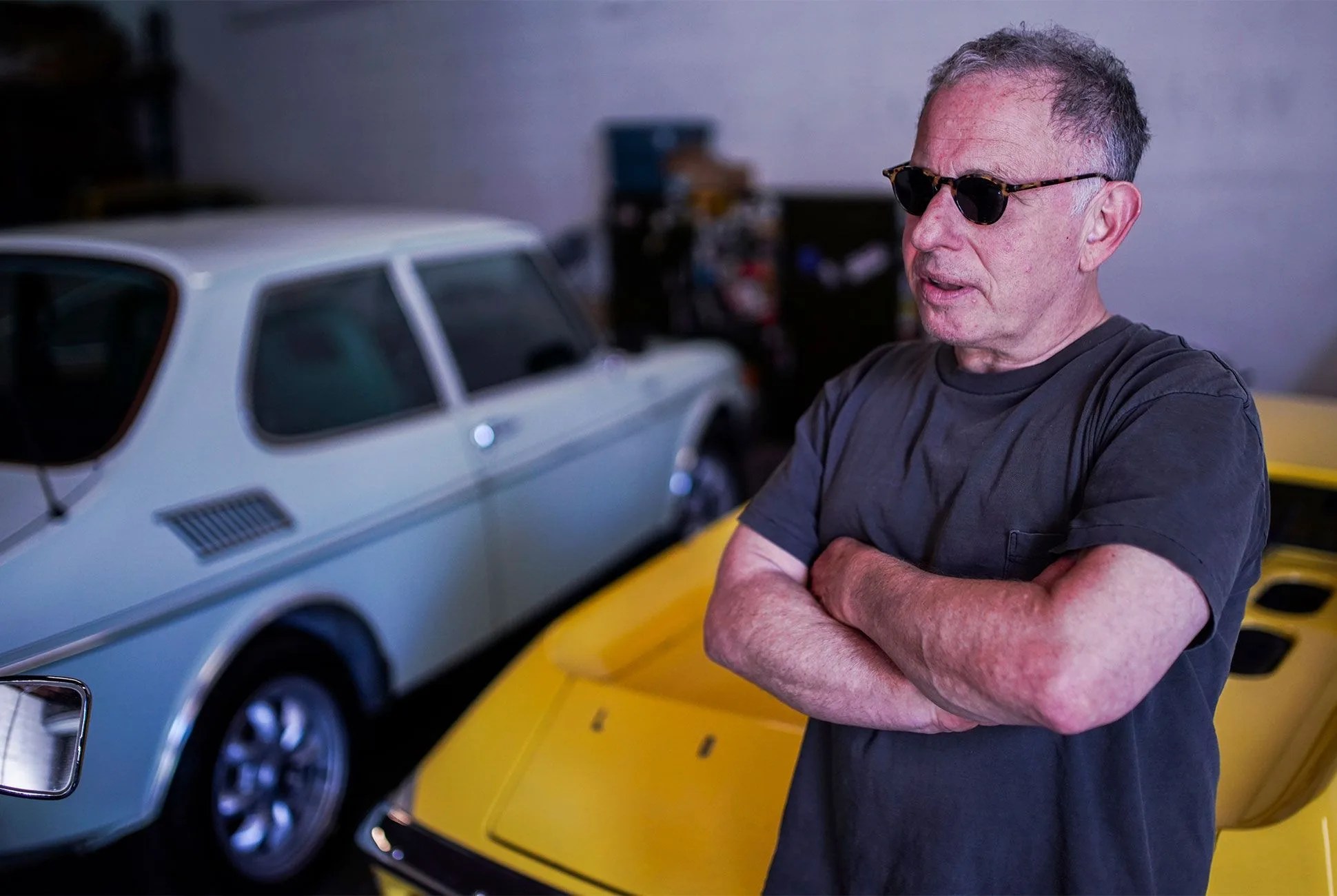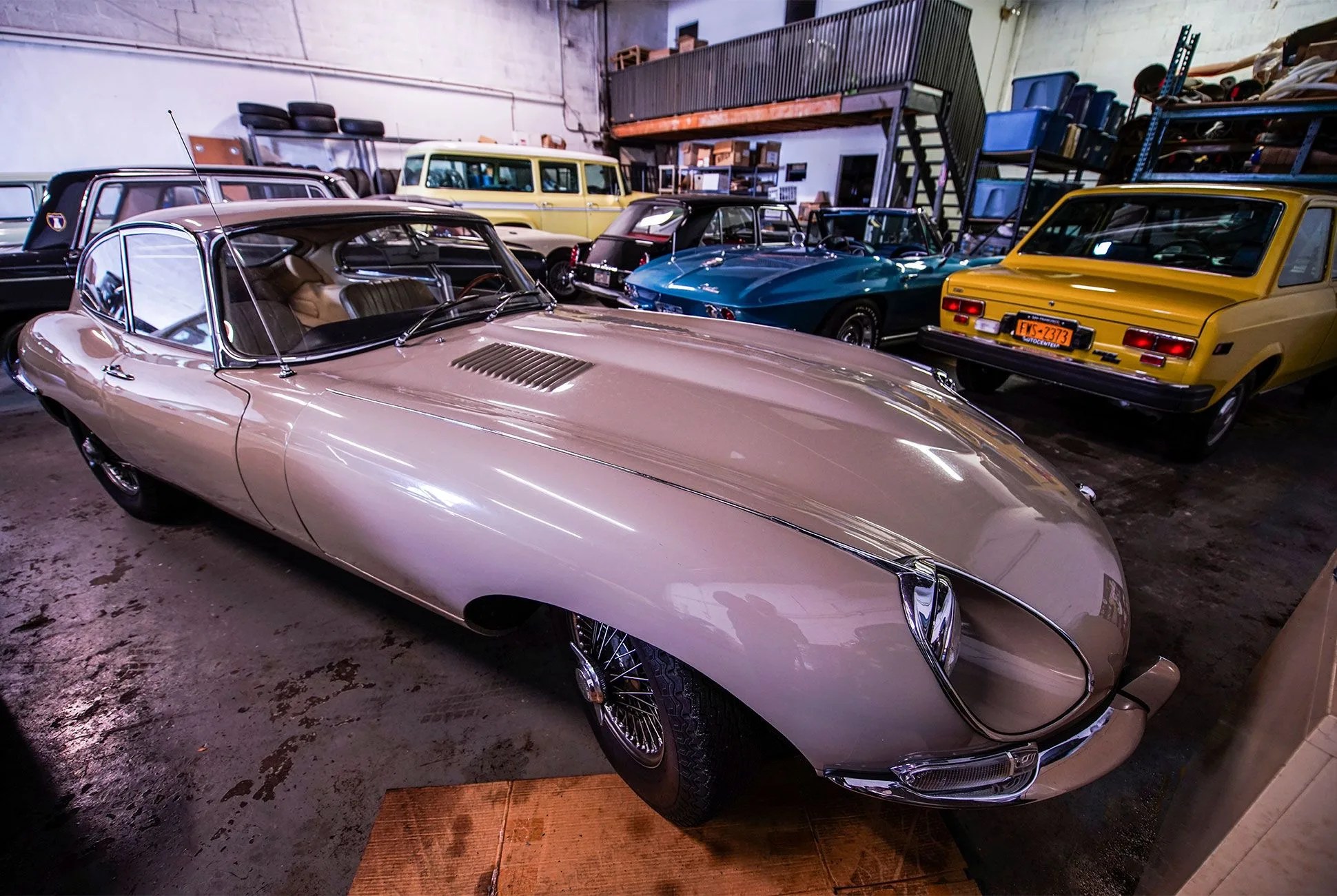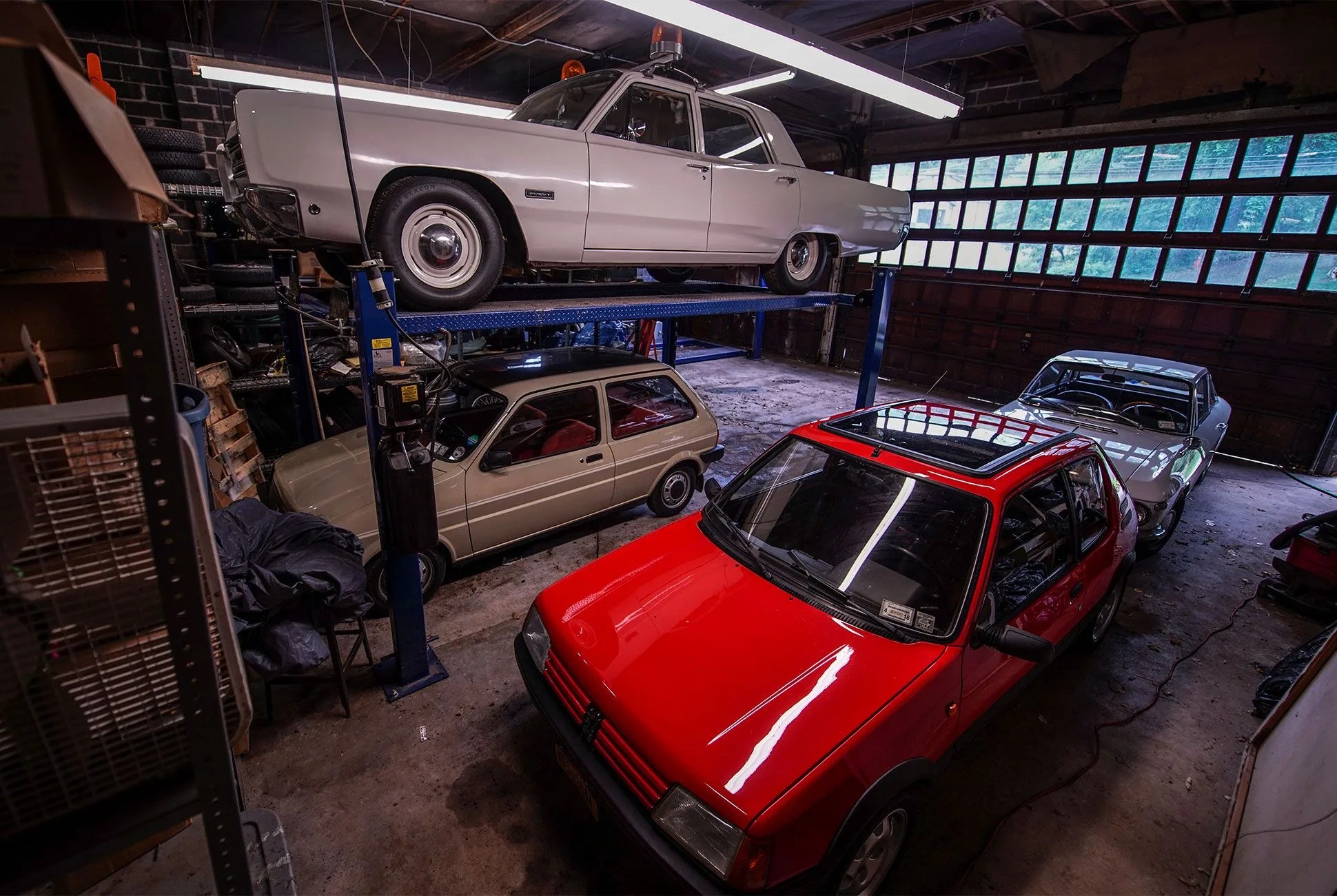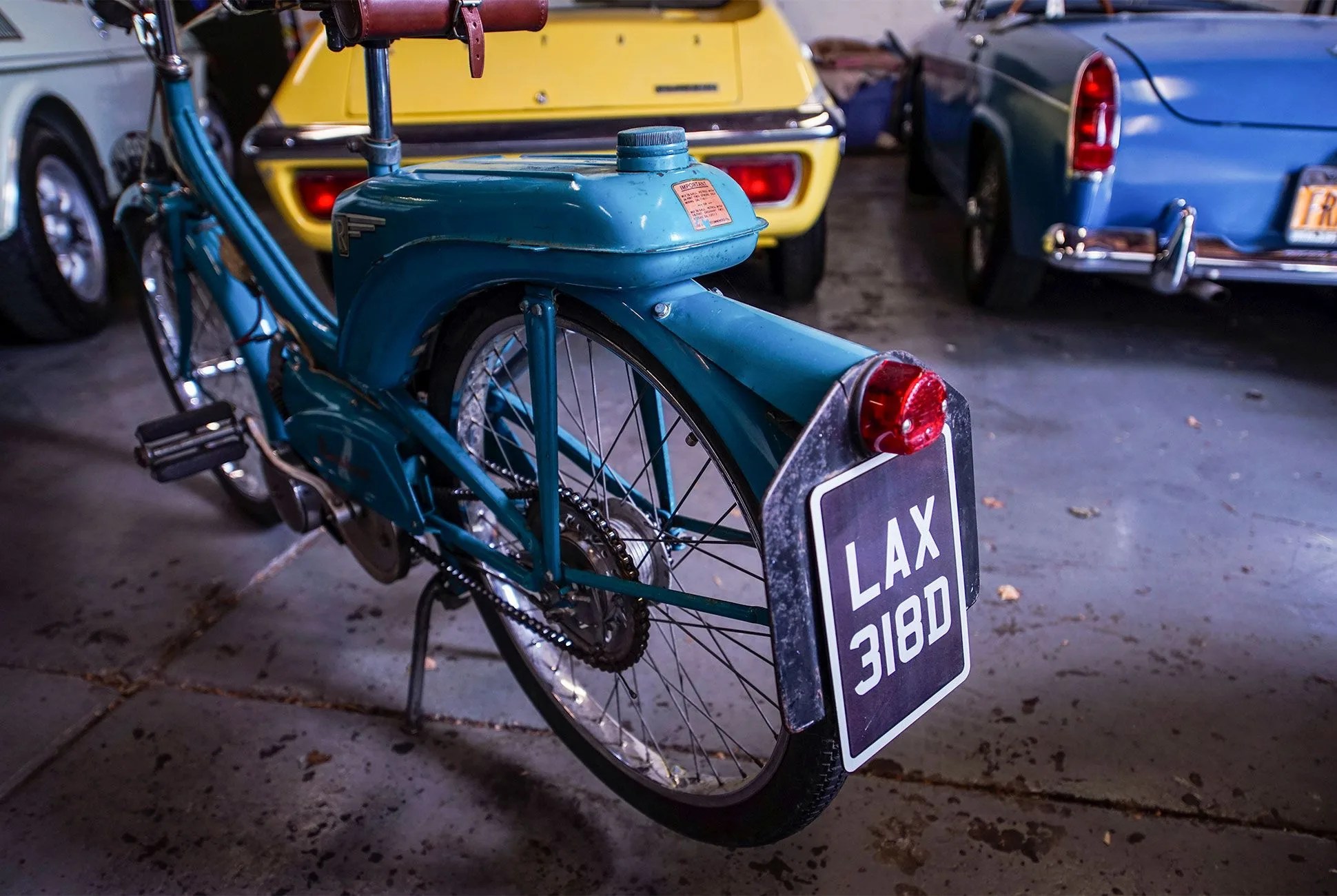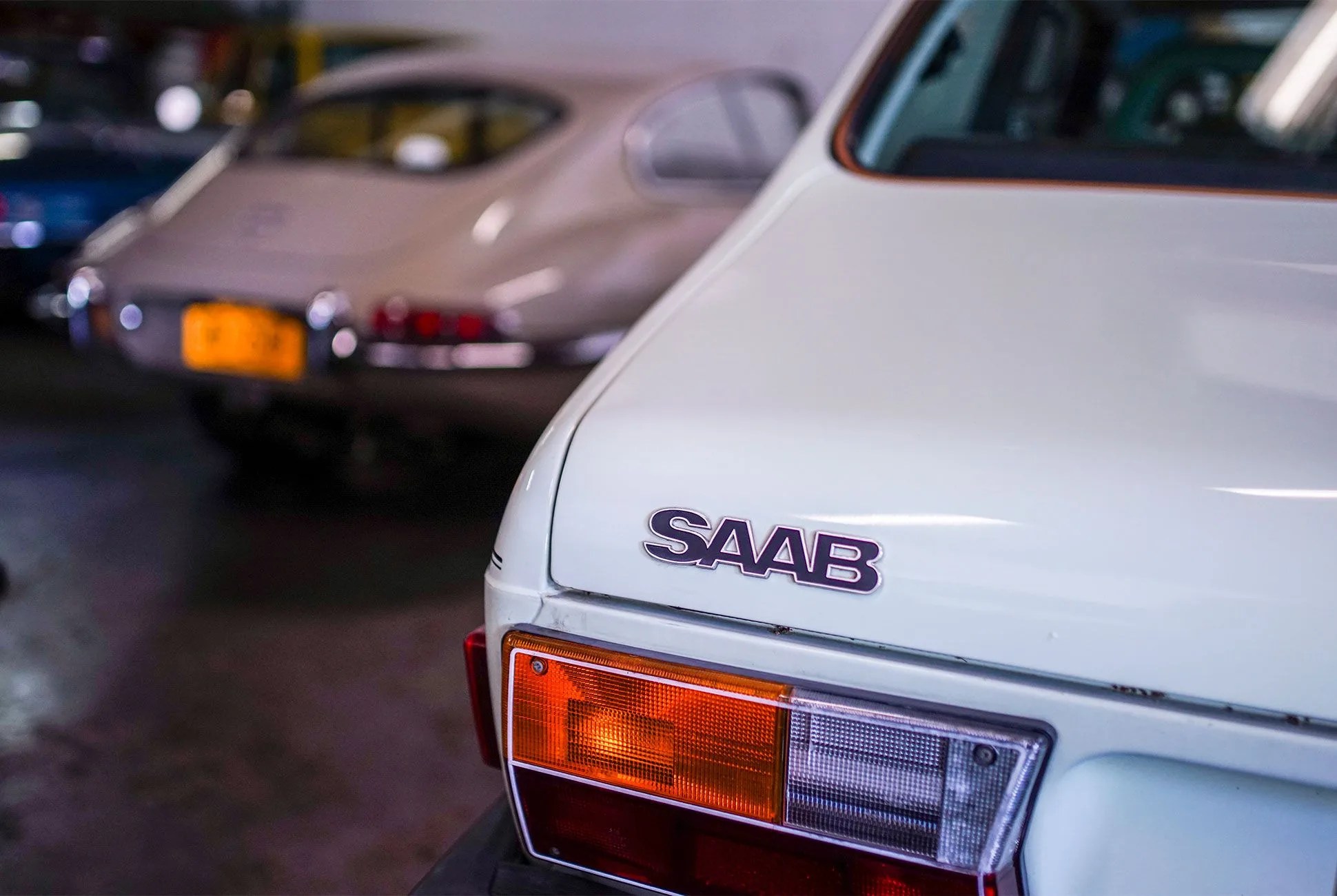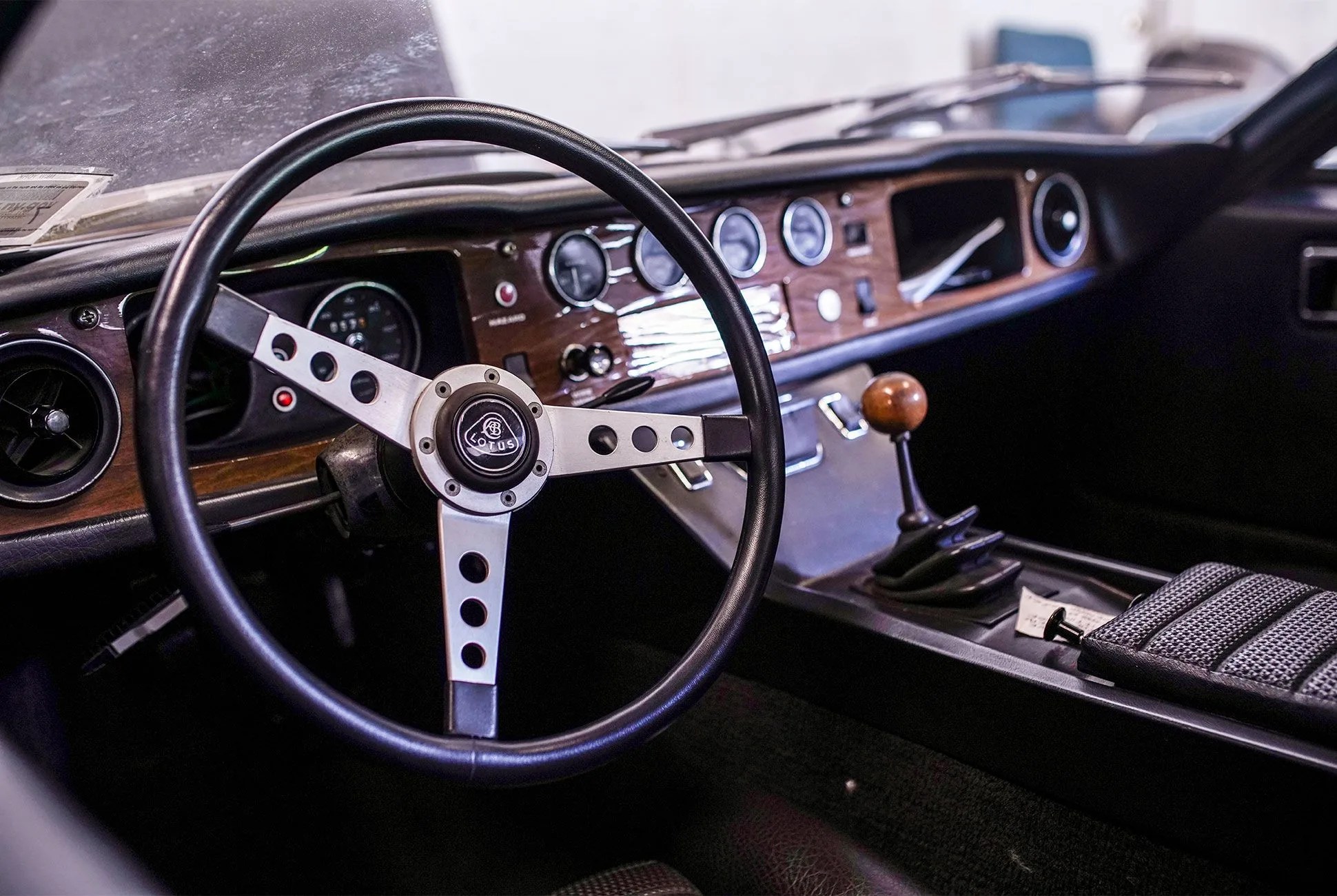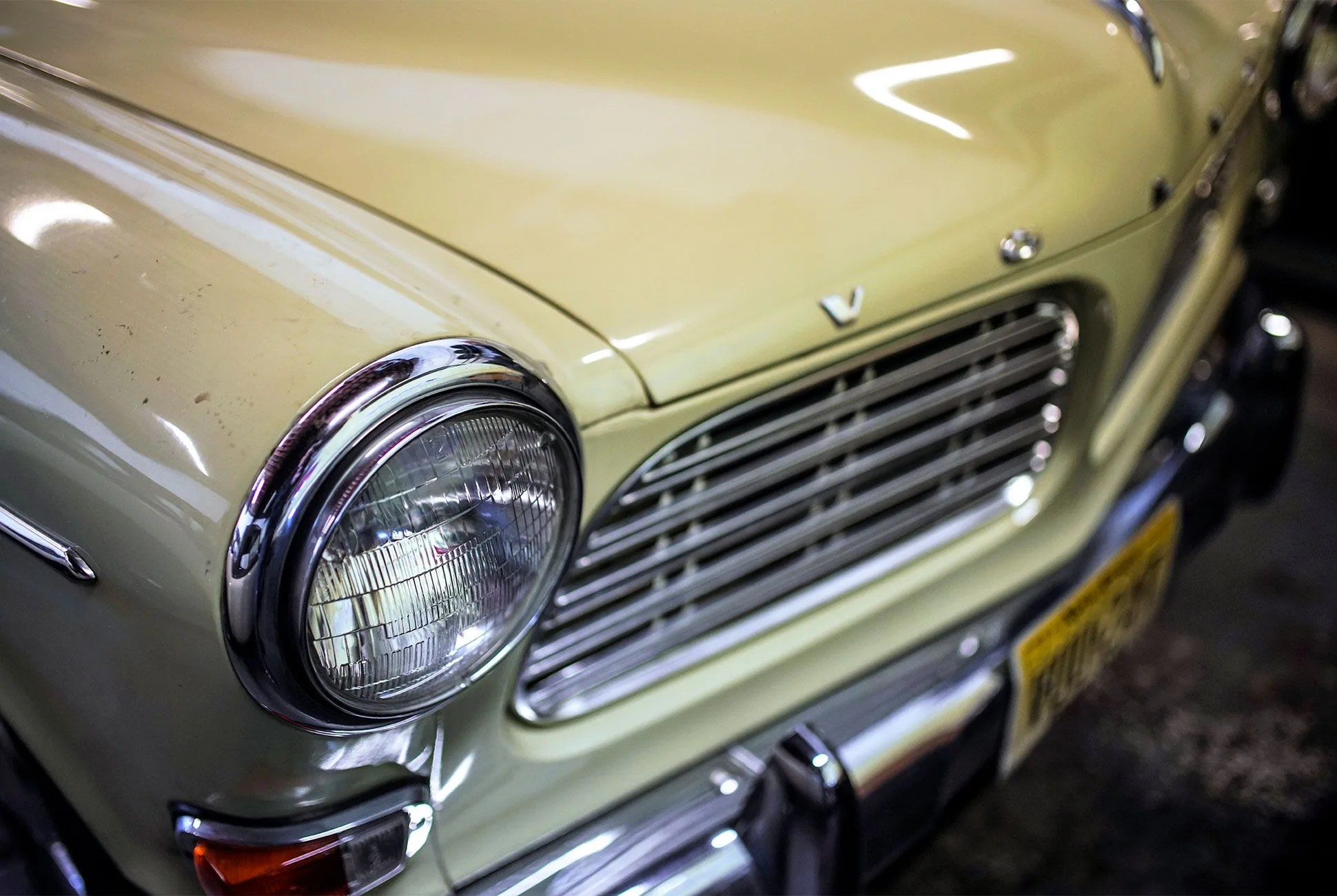11 photos
In a modest sliver of Jamie Kitman’s garage in downtown Nyack, New York — within sight of both the Hudson River and both the old, decrepit Tappan Zee bridge, along with its sleek replacement now under construction — a 1968 Jaguar E-Type Coupe sits with the regal air of a thoroughbred, its gorgeous pastel hue, called Ascot Fawn, glowing. Of the 32 classic cars in Kitman’s collection, it’s perhaps the most traditionally “collectible,” coveted by any motoring enthusiast and recognizable to most anyone with even a passing awareness of automotive history.
That blue 1936 Riley Kestrel 12/4 Sprite a few cars over, though? Precedential in performance, yes, but forgotten by the mainstream. The green 1970 Rover 3500S sedan nearby could sneak easily past the paparazzi at Pebble Beach even though it’s packing a sweet V8. Meanwhile, the boxy Lancia Fulvia Berlina 2C, resplendent in gray, has an enviable pedigree if a vaguely communist bearing. Then there’s the massive yellow 1968 International Harvester Travelall, which paved the way for the Chevy Suburban back in the day.
But vintage car nuts will note there’s nary a Ferrari in sight. There are no BMW 2002s, no militaristic old Land Rovers, and no flamboyant Rollers or Bentleys. There’s no American muscle, either, save for a 1967 Corvette that doesn’t even belong to Kitman. (It’s owned by a friend, as is the sole Porsche in the high-ceilinged space, a ’68 912.) In fact, there’s little that you would have found on the cover of a vintage Road & Track. Except maybe the MG convertible — the Miata of its age. But like his Volvo 122S wagon and Saab 99GL, the cars are mostly, well, pretty accessible and normal-looking cars.
But as Kitman is quick to point out, they’re quite special cars, in one fashion or another. They possess understated elegance, honorable pedigrees, hints of proletarian pride, or narrow bits of historical significance relating to a particularly choice engine, a performance enhancement, or a design quirk. Or they’ve arrived at his doorstep freighted with gobs of nostalgia linked to Kitman’s personal experiences and enthusiasms, rather than the more familiar memories of mainstream teenage automotive lust. “The collection grew organically out of the cars that appealed to me growing up,” says Kitman, Automobile Magazine New York Bureau Chief. (Kitman also spends a huge part of his career as a band manager for clients ranging from They Might Be Giants to Violent Femmes to OK Go.) “My automotive interests are pretty Eurocentric, probably attributable to the Autocar subscription I talked my parents into buying for me when I was eleven. Plus, I grew up in northern New Jersey near the BMC and British Leyland offices, so everyone was driving around in MG 1100’s and the like. That gave me a pretty warped view of the world.”
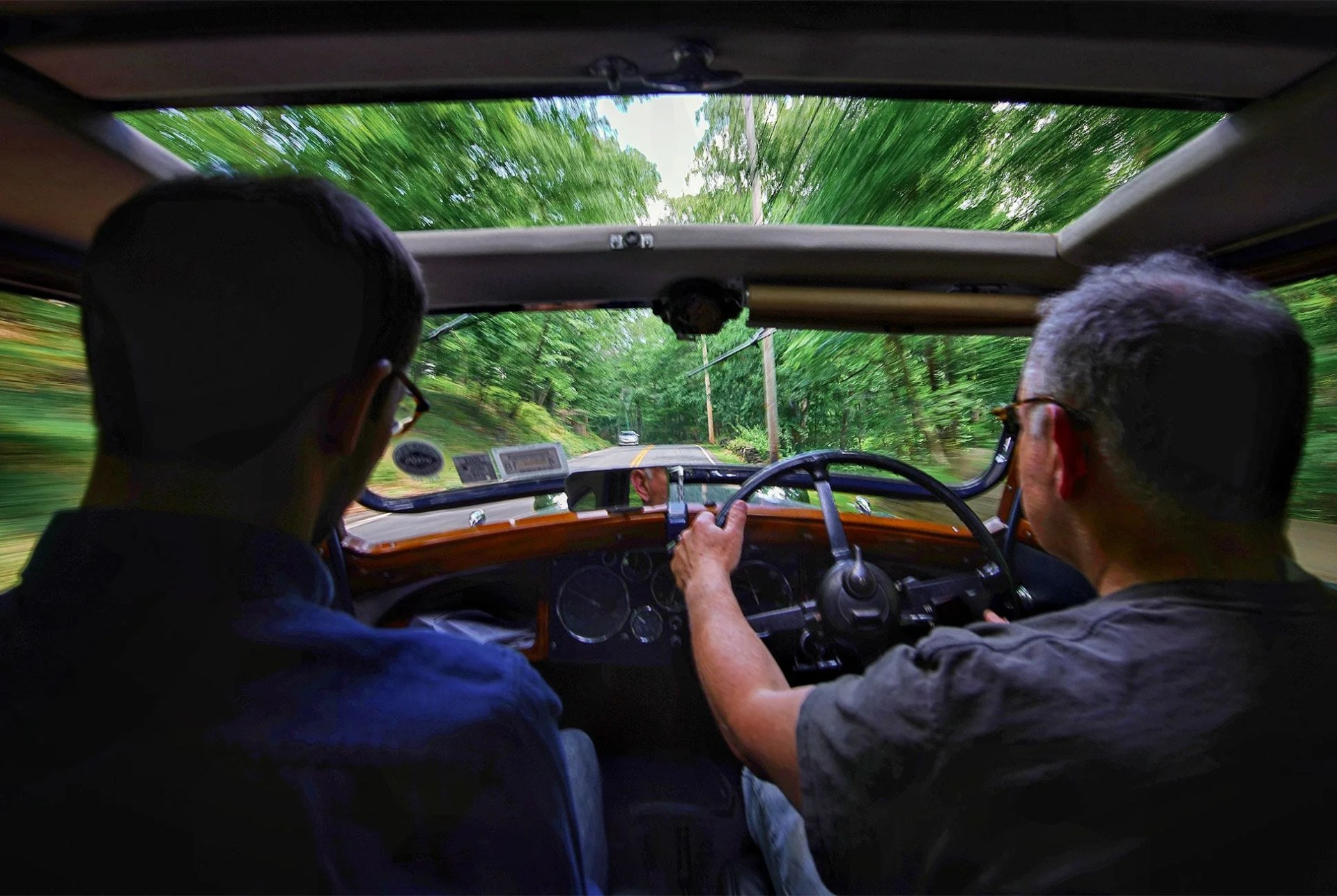
A warped view of the world, perhaps, but one that nevertheless reflects reality more than most privately held vintage car collections. After all, the streets of Manhattan, London, Paris and Los Angeles in the 1960s weren’t lined with Ferraris, Porsches, and Rolls-Royces. They were lined with the cars people actually drove. For this reason, Kitman’s been able to capitalize on his vintage collection of highly accessible autos in a very modern capacity: as a provider of vehicles to film and television productions. You might have seen his Saab 99 in The Americans, or that Riley in Zero Hour. His Travelall had a cameo in Pan Am, and his own MG 1100 showed up in Person of Interest. His cars have also appeared in magazine spreads and webseries. (Comedians in Cars Getting Coffee, anyone?)


